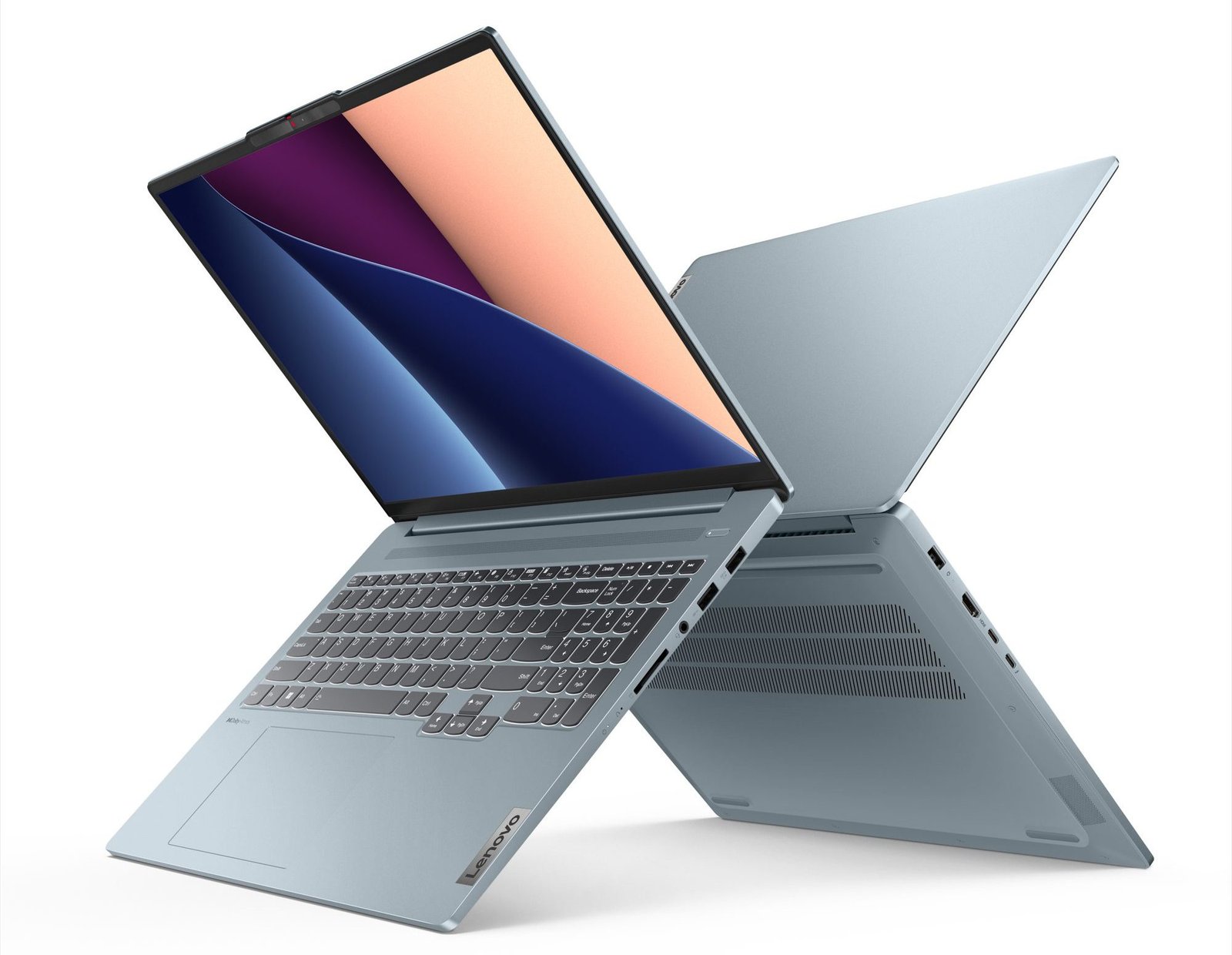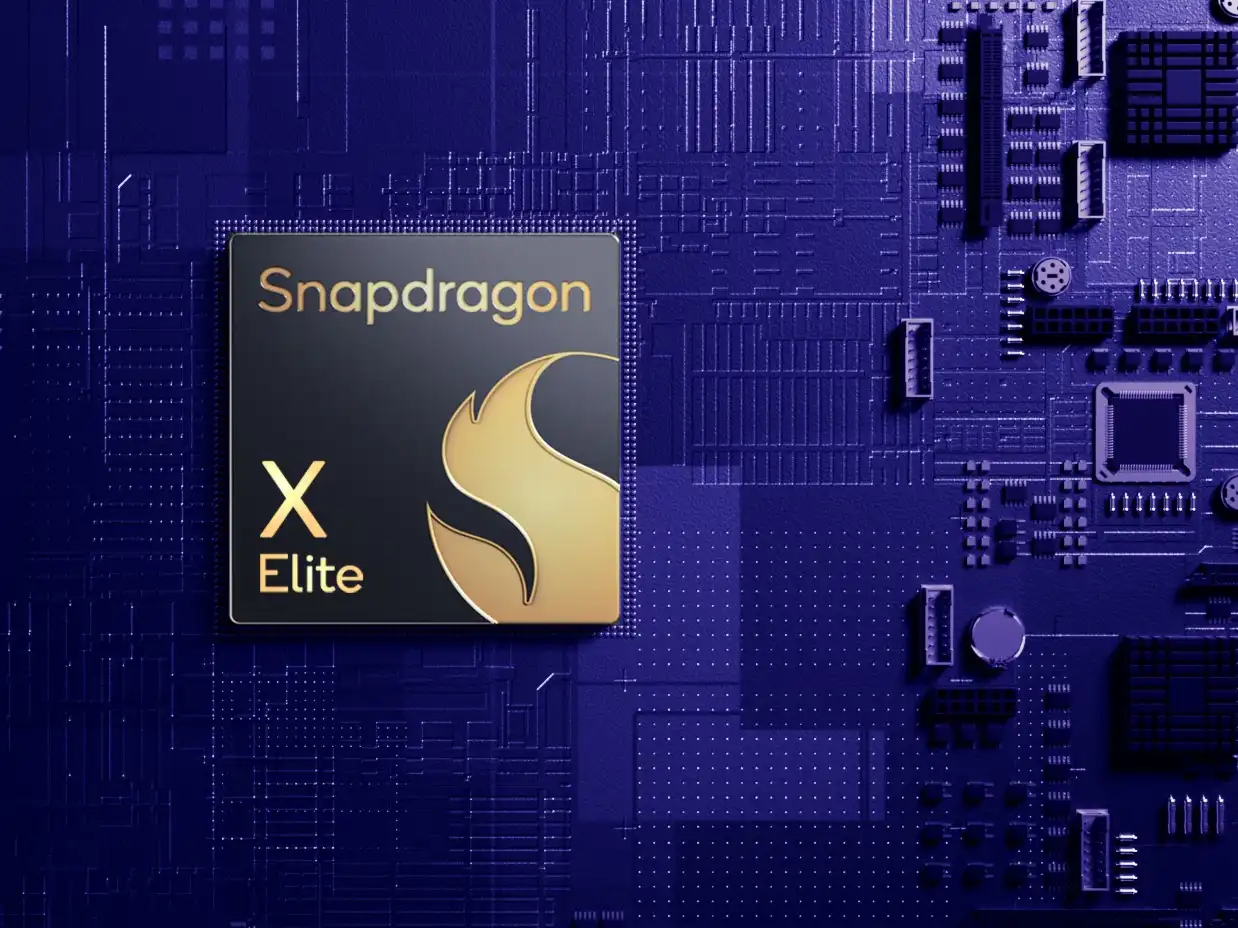Samsung, in collaboration with the European Space Agency (ESA), has launched an innovative watch face for its Galaxy smartwatches, dubbed Galaxy Time. This feature enables users to access real-time data from our solar system directly on their wrists, offering an entirely new perspective on time and space. With Galaxy Time, Samsung smartwatch users can now explore the unique temporal rhythms of the planets in our solar system—Mercury, Venus, Mars, Jupiter, Saturn, Uranus, and Neptune—every second of the day.
Galaxy Time represents a significant leap in watch face technology, developed with scientific data provided by ESA. This initiative allows Galaxy smartwatch users to not only tell the time on Earth but also understand the relative nature of time by observing the durations of days on other planets. For example, a day on Venus lasts for 243 Earth days, showcasing the fascinating differences in time perception across our solar system.This unique feature is compatible with Galaxy Watches running on the Wear OS operating system and will be available for download from the Google Play Store starting March 31, 2024. It signifies a remarkable effort by Samsung and ESA to bring space closer to Earth, letting users carry a piece of the cosmos on their wrists.
By incorporating real-time data from ESA, Galaxy Time watch faces not only display the local time on selected planets but also offer a wealth of information about them. This includes their exact positions in the solar system, distances from the sun, seasonal weather patterns, and the number of moons orbiting each planet. The watch faces are designed to reflect the unique characteristics of each planet, with color schemes corresponding to their real-life appearances, such as Neptune in deep blue and Mars in red.
This venture between Samsung and ESA serves not just as a technological achievement but also as an educational tool, providing a broader understanding of the universe. It’s a perfect blend of science and technology, designed to inspire curiosity about space and time among its users.For space enthusiasts and tech-savvy individuals alike, Galaxy Time offers a glimpse into the vastness of our universe, right from the convenience of their wrists. As we continue to explore the boundaries of what’s possible with wearable technology, initiatives like Galaxy Time remind us of the endless possibilities that lie in combining technology with the exploration of outer space.
Samsung Galaxy Watch owners now have an out-of-this-world way to experience time. Partnering with the European Space Agency (ESA), Samsung has created the unique Galaxy Time watch faces, providing insights into the passage of time across the solar system. Each planet’s watch face reflects its distinct rotation and orbit, letting users compare the flow of time on Earth to that on Mercury, Venus, Mars, Jupiter, Saturn, Uranus, and Neptune.
Beyond telling time, these watch faces are packed with fascinating details. Users can visualize the planets’ current positions in the solar system, learn about their distance from Earth and the Sun, and even discover the number of moons each planet has. The Galaxy Time watch faces elegantly fuse real-time scientific data with the convenience of your smartwatch.
This innovative collaboration showcases Samsung’s commitment to pushing boundaries and underscores the growing potential of wearables to provide unique and meaningful experiences. If you own a compatible Samsung Galaxy Watch, you can step into the role of an armchair astronomer by downloading the Galaxy Time watch faces today.
























Add Comment